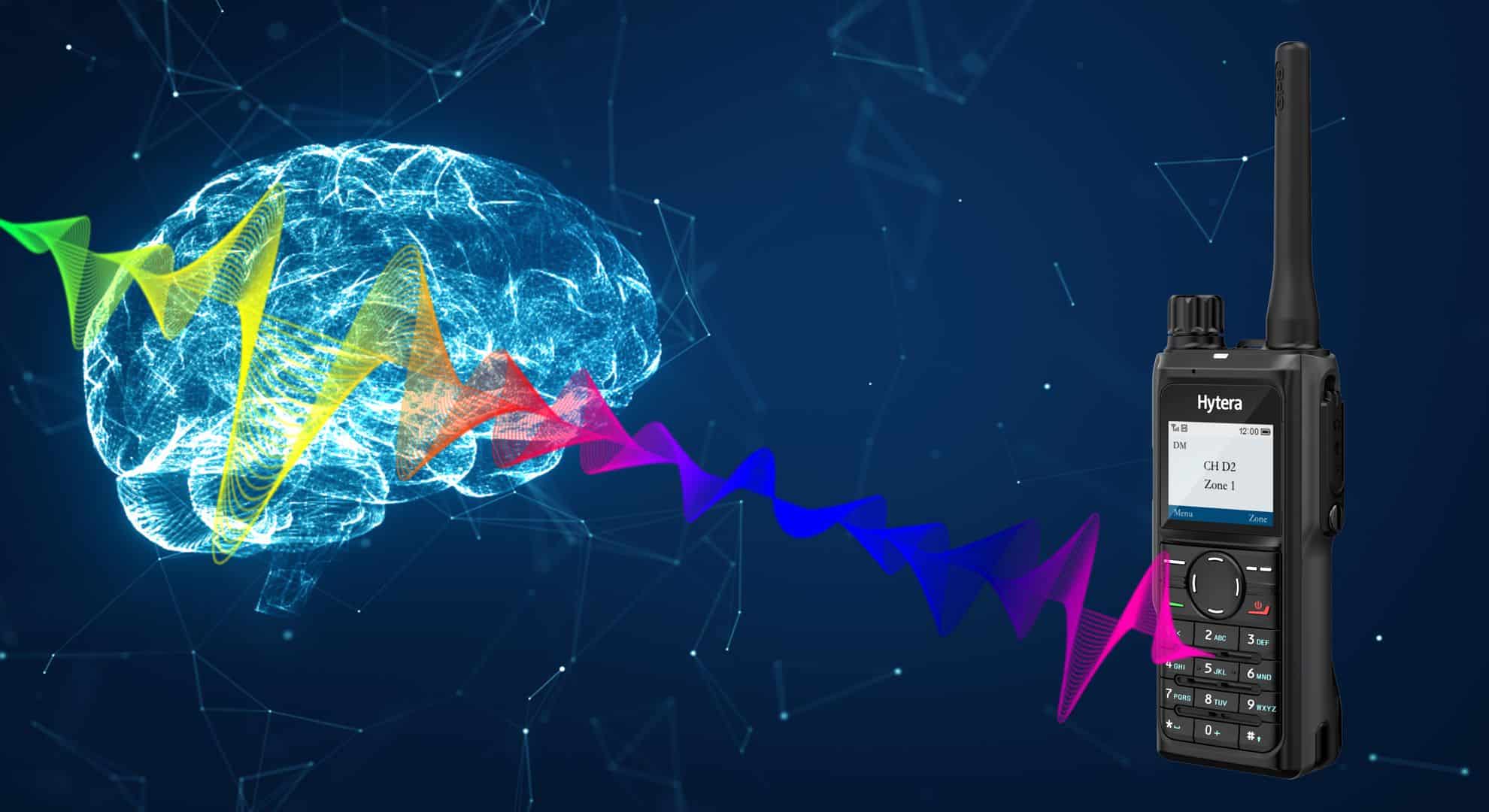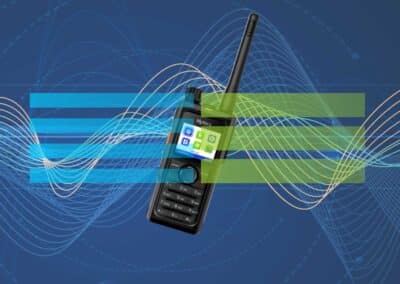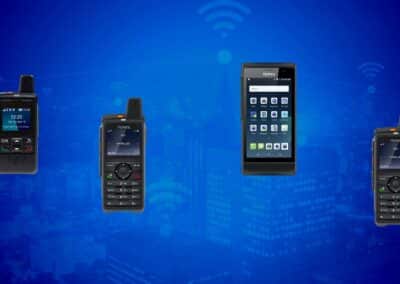What is Digital Noise Suppression?
Legacy analog radios use frequency modulation (FM) to encode a voice signal within a carrier wave. Your voice changes, or modulates, the frequency of the wave. The difference between the modulated frequency and the baseline channel frequency can then be demodulated by the receiving radio and turned back into a comprehensible voice message.
Analog signals are less tolerant of external noise interference that adds extra random information to analog signals. Each time the signal is amplified the noise is also amplified so this reduces the clarity of the audio signal.
Digital radios do the same thing, but they have an extra encoding step before the voice signal reaches the carrier wave. The voice message is encoded into binary packets (ones and zeroes). These packets of numbers are then able to modulate the frequency of the carrier wave. The modulated frequency of a digital signal is not a continuous wave but instead an intermittent stepped change. Digital radios feature real-time audio processing that focuses on speech and reduces any background noise. This means that the received audio quality is enhanced using Digital Noise Suppression.
Digital Noise Suppression was introduced with the DMR standard that achieves noise suppression with the use of the AME2++ Vocoder.
A vocoder works by analyzing the sound of a modulator signal, which is usually a human voice. The modulator signal is split into many frequency bands. The level of each band is sent as a signal to a corresponding bandpass filter.
The filter is set to the same frequency that was analyzed. A sound source, called the carrier, is sent through the bank of filters. The level of each bandpass filter is automatically adjusted to that of the corresponding frequency in the modulator signal.
In this way, the carrier is filtered so that the harmonic content that passes through is similar to that of the modulator signal. This results in improved voice quality and resistant to background noise and channel errors
Hytera AI-Based Digital Noise Suppression
Legacy analog radios use frequency modulation (FM) to encode a voice signal within a carrier wave. Your voice changes, or modulates, the frequency of the wave. The difference between the modulated frequency and the baseline channel frequency can then be demodulated by the receiving radio and turned back into a comprehensible voice message.
Analog signals are less tolerant of external noise interference that adds extra random information to analog signals. Each time the signal is amplified the noise is also amplified so this reduces the clarity of the audio signal.
Digital radios do the same thing, but they have an extra encoding step before the voice signal reaches the carrier wave. The voice message is encoded into binary packets (ones and zeroes). These packets of numbers are then able to modulate the frequency of the carrier wave. The modulated frequency of a digital signal is not a continuous wave but instead an intermittent stepped change. Digital radios feature real-time audio processing that focuses on speech and reduces any background noise. This means that the received audio quality is enhanced using Digital Noise Suppression.
Digital Noise Suppression was introduced with the DMR standard that achieves noise suppression with the use of the AME2++ Vocoder.
A vocoder works by analyzing the sound of a modulator signal, which is usually a human voice. The modulator signal is split into many frequency bands. The level of each band is sent as a signal to a corresponding bandpass filter.
The filter is set to the same frequency that was analyzed. A sound source, called the carrier, is sent through the bank of filters. The level of each bandpass filter is automatically adjusted to that of the corresponding frequency in the modulator signal.
In this way, the carrier is filtered so that the harmonic content that passes through is similar to that of the modulator signal. This results in improved voice quality and resistant to background noise and channel errors
Hytera AI-Based Digital Noise Suppression
Hytera has improved DMR digital noise suppression with Artificial Intelligence (AI). The Hytera H-Series DMR Radios and Hytera PNC360S and PNC380S Push-to-Talk over Cellular devices have AI Based Noise Suppression.
AI-based noise cancellation uses class-leading voice signal processing and deep learning technologies to reduce background noise and acoustic echo.The AI-based noise suppression relies on Machine Learning (ML) to learn the difference between clean speech and noise. The key is to train the ML Model on a representative dataset to ensure it works in all situations.
A ML Model is an intelligent file that has been conditioned with an algorithm to learn specific patterns in datasets and give insights and predictions from those patterns. When creating an ML Model, the parameters for the data captured is defined for the ML Model the to work within and learn from.
Once an ML Model begins working with new data, it can gain actionable insights. ML Models are also used for broad ranges of data with no known target—with the ability to utilize a pattern, they can address randomized data and still pull insights from it.
Hytera’s acoustic engineers developed 78 different data sets from various noise environment recordings and developed over 250 different test scenarios to evaluate the ML Model noise suppression algorithm. The resulting advanced AI-based voice enhancement technology reduces any unwanted background noise and suppress feedback while maintaining high audio clarity.



